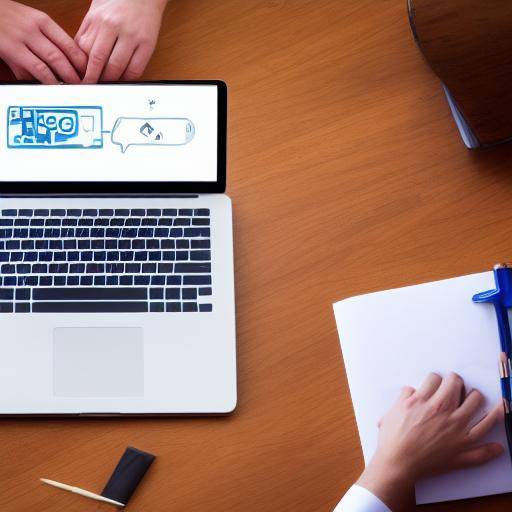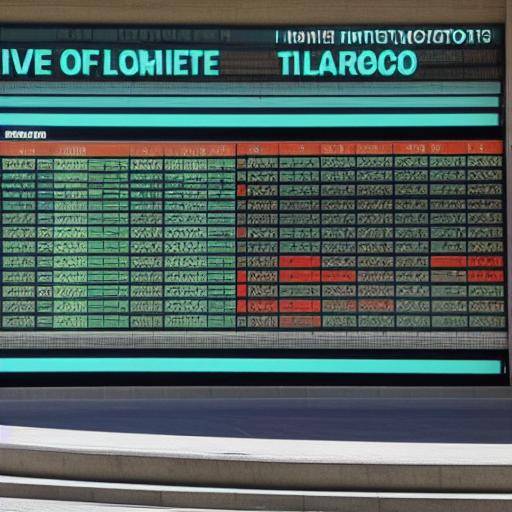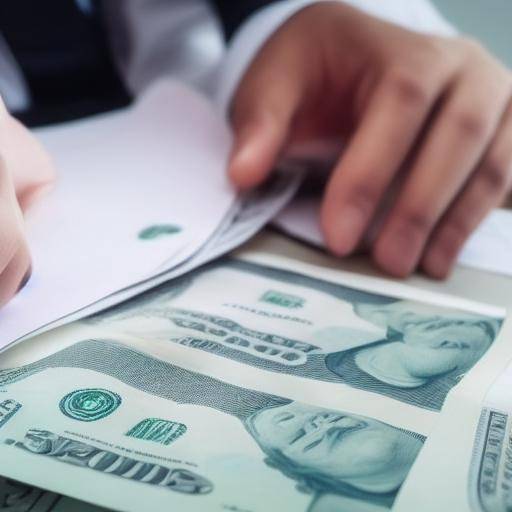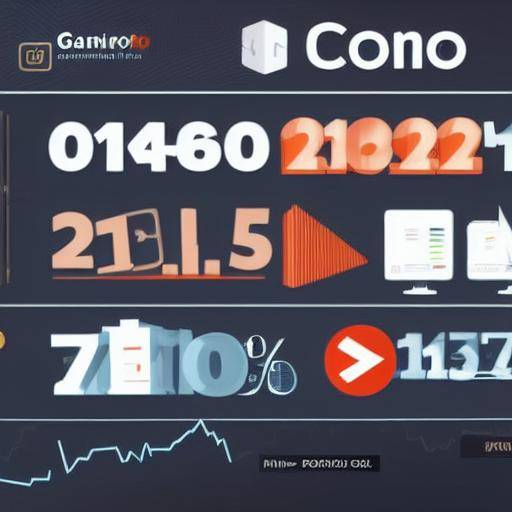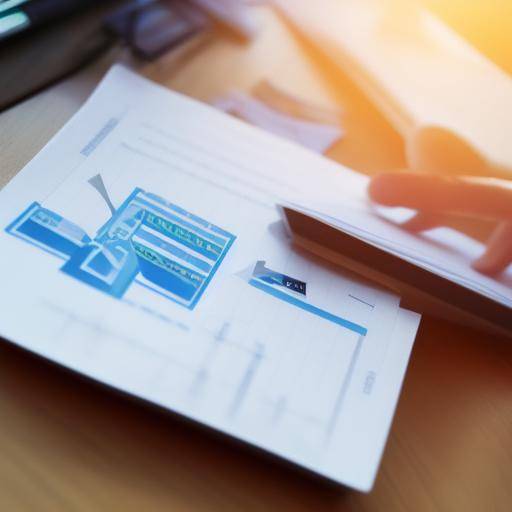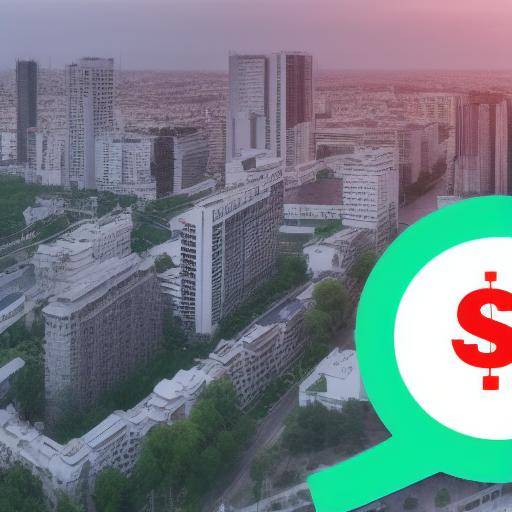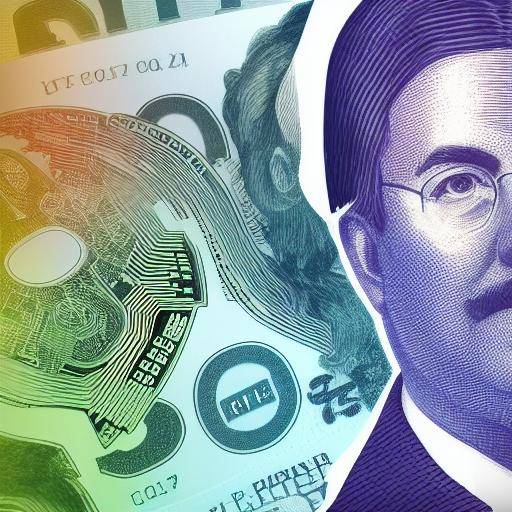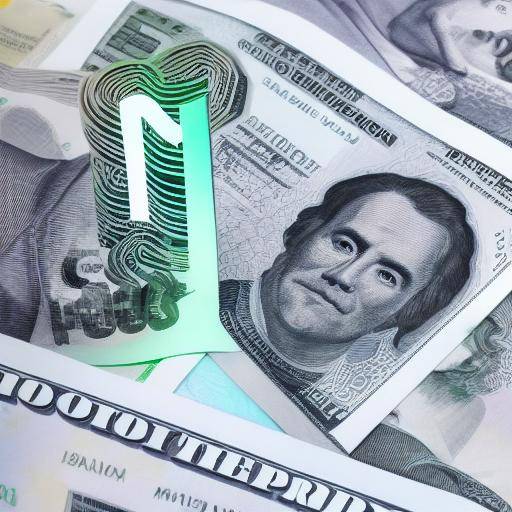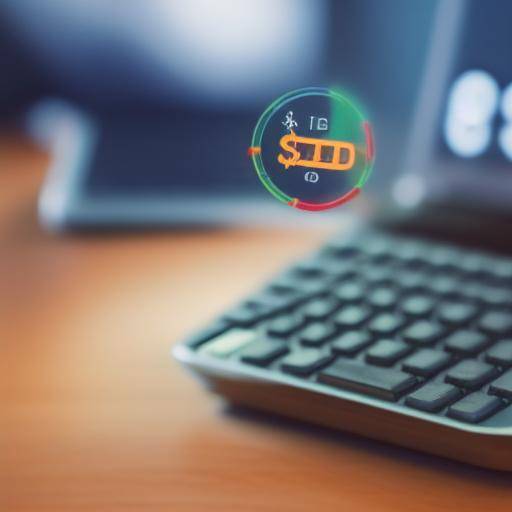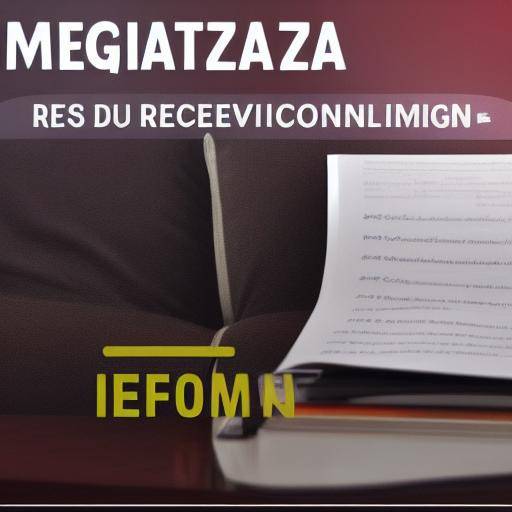
Maintaining a healthy emergency fund is crucial for long-term financial stability. However, simply accumulating funds is not enough; it is also necessary to adjust and increase this fund over time. This article offers a complete guide on how to achieve both goals successfully. From tracking your expenses to adjust your financial plan and increase your savings, you will discover effective strategies to ensure your financial well-being.
Tracking: The Foundation of a Solid Emergency Fund
Cost tracking
Detailed tracking of your expenses is the first crucial step in maintaining and increasing your emergency fund. Knowing exactly where your money goes allows you to identify areas of unnecessary spending and get a clear view of your financial habits.
Financial tracking tools
There are numerous mobile applications and online tools that allow you to monitor your expenses efficiently. From mobile applications to spreadsheets, these tools will help you get a full vision of your finances.
Advice for effective follow-up
- Establish clear categories of expenditure.
- Regularly register your expenses, preferably daily.
- Analyze your spending patterns to identify areas to improve.
Adjustment: Adaptation of your Financial Plan
Evaluation of the current Emergency Fund
The next step is to evaluate the current health of your emergency fund. Does it correspond to your current needs? Is it enough to cover unexpected expenses or crisis situations?
Strategies to adjust your savings
- Increase your monthly savings if possible.
- Make funds from other areas to your emergency fund.
- Consider ways to reduce your expenses to maximize savings.
Continuous maintenance and updating
Adjusting your financial plan is a dynamic process. It requires constant review and adaptation to its life changes, income and financial needs.
Growth: Optimization and expansion of your Emergency Fund
Financial growth strategies
- Explore low-risk investment options for your emergency savings.
- Consider setting short- and long-term savings targets.
- Automate your savings to ensure steady growth.
Importance of the Emergency Fund in the General Plan
A healthy emergency fund is the basis for a sound financial strategy. In addition to providing protection in times of crisis, it provides the necessary mental peace to focus on its long-term financial goals.
Planning for future increases
As your income increases, plan proportional increases in your emergency fund. This ensures that your fund remains aligned with your constantly evolving needs and lifestyle.
Conclusions " FAQs
Conclusion
The effective management of an emergency fund is not only a preventive measure, but also a powerful way to promote financial stability and mental peace. By following follow-up, adjustment and growth strategies, you can effectively maintain and increase your emergency fund over time.
Frequently asked questions
1. How often should I review my emergency fund?
It is advisable to review your emergency fund at least once a year, or in case of significant changes in your income or lifestyle.
2. What is the ideal amount for an emergency fund?
The optimal amount is usually 3 to 6 months of basic expenses, although this may vary depending on your personal situation.
3. Can I invested my emergency fund in the stock market?
It is not recommended. Risk investments are not adequate for an emergency fund, as their main function is to provide immediate liquidity.
4. Should I use my emergency fund for unplanned but not urgent expenses?
Try to limit the use of your emergency fund for really unpredictable and urgent situations. For non-emergency costs, it is preferable to seek alternative funding.
5. What should I do if my financial situation changes drastically?
In case of significant change in your finances, immediately review your emergency fund and adjust your savings as needed.
6. How can I avoid using my emergency fund for non-urgent expenses?
An effective way to avoid the temptation to use your emergency fund for non-emergency matters is to establish a separate fund for long-term goals such as vacations or major purchases.
Conclusion
Maintaining and increasing a solid emergency fund over time requires a combination of continuous monitoring, adjustment and growth. By following intelligent financial management strategies, you can guarantee your stability and face any eventuality with confidence. Remember, financial preparation is the key to a safe and prosperous future.
With this comprehensive emergency fund management guide, readers can understand the importance of following comprehensive financial management strategies and implementing them to achieve greater economic stability.




